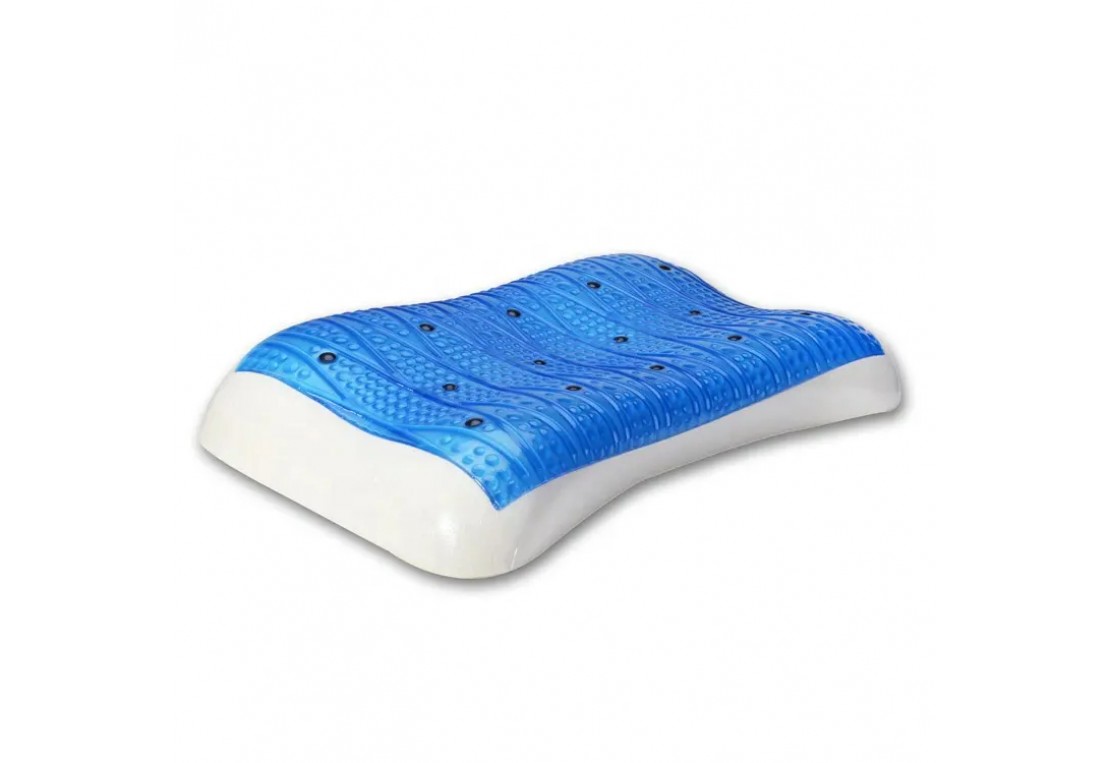
The Comfort Revolution: Gel Materials in Sleep Solutions
08/11/2023 | GelSleepSolutions (by Bruce Liu)
Sleep is a vital component of human health and well-being, making the quality of sleep a priority for many individuals. In the quest for enhanced sleep quality, the innovation of gel materials has introduced a significant shift in sleep technology. This article delves into the essence of gel materials, their unique features as bedding elements, and the myriad applications and commercial value they present.
Understanding Gel Materials: Composition and CharacteristicsGel materials, primarily known for their use in various industrial applications, have made a noteworthy transition into the world of bedding. At its core, a gel is a semi-solid state that results from the combination of a liquid solvent within a network of solid particles. This yields a material that exhibits both solid and liquid characteristics, endowing it with a unique combination of properties.

These distinctive materials usually consist of polymer networks that can include elements like polyurethane or polyvinyl alcohol, serving as the backbone that traps water or another liquid. The result is a substance that is pliable and soft yet maintains its shape when subjected to minor stresses.
Gel materials have several key characteristics that contribute to their growing allure. They are notably known for their excellent cushioning, which arises from their ability to distribute weight evenly and reduce pressure points. Another noteworthy aspect of gel materials is their thermal properties. Gels can absorb, dissipate, or retain heat, making them versatile for products that require temperature regulation. This thermoregulatory feature is particularly crucial in the domain of sleep, where maintaining a constant body temperature is instrumental for uninterrupted slumber.
The Unique Features and Advantages of Gel Materials in BeddingAs bedding components, gel materials introduce several enhancements to traditional sleep surfaces. One of the major benefits is their unparalleled support. Due to their viscoelastic nature, gel-infused mattresses and pillows conform to the body's contours, providing targeted support that promotes proper spinal alignment – an essential factor for a restful night.
The second advantage rests in their pressure-relieving capabilities. Gel materials help distribute body weight evenly across the surface, diminishing the intensity of pressure points that typically lead to discomfort, tossing, and turning during sleep.
Thermal comfort is another significant feature. The conductive nature of certain gel materials facilitates the redistribution of body heat, which prevents overheating and contributes to a temperate sleep environment. This is essential for attaining phases of deep sleep, from which the most restorative effects are derived.
In addition, gel materials are often infused with breathable components that allow for air circulation, reducing the buildup of humidity and ensuring a fresher sleep experience.
Applications and Commercial Value of Gel MaterialsGel materials have carved a niche for themselves in diverse applications beyond just sleep products. Their impact spans the health sector, in which gel mattresses are employed to prevent pressure ulcers in bedridden patients, to the sports industry, where gel-infused apparel provides comfort and injury protection.
In the realm of commercial value, gel-infused sleep products have emerged as a burgeoning market, attracting consumers with the promise of elevated sleep experiences. This has led to the proliferation of gel-infused mattresses, pillows, and mattress toppers, which command a growing share of the bedding market.
Investment in the research and development of gel materials for bedding continues to surge, driving innovations that match consumer demand for eco-friendly and sustainable products. Manufacturers are exploring biodegradable gels and gel-infused foams with a reduced environmental impact, striking a chord with the modern eco-conscious consumer.
Moreover, endeavors in branding and marketing gel-based sleep products as luxury items have added to their attractiveness, shaping consumer perception of gel materials as synonymous with premium sleep quality.

Conclusion
The intersection of gel materials and sleep science is a testament to the human pursuit of comfort and improved quality of life. Gel materials embody a confluence of support, pressure relief, and thermal regulation, qualities that are essential for a refreshing sleep. The broad spectrum of applications and their strong market potential underscore the significant role gel materials play in shaping the future of sleep technology and commercial offerings. As they evolve, these innovative materials continue to promise enhanced comfort and well-being, establishing a new standard in sleep solutions.
